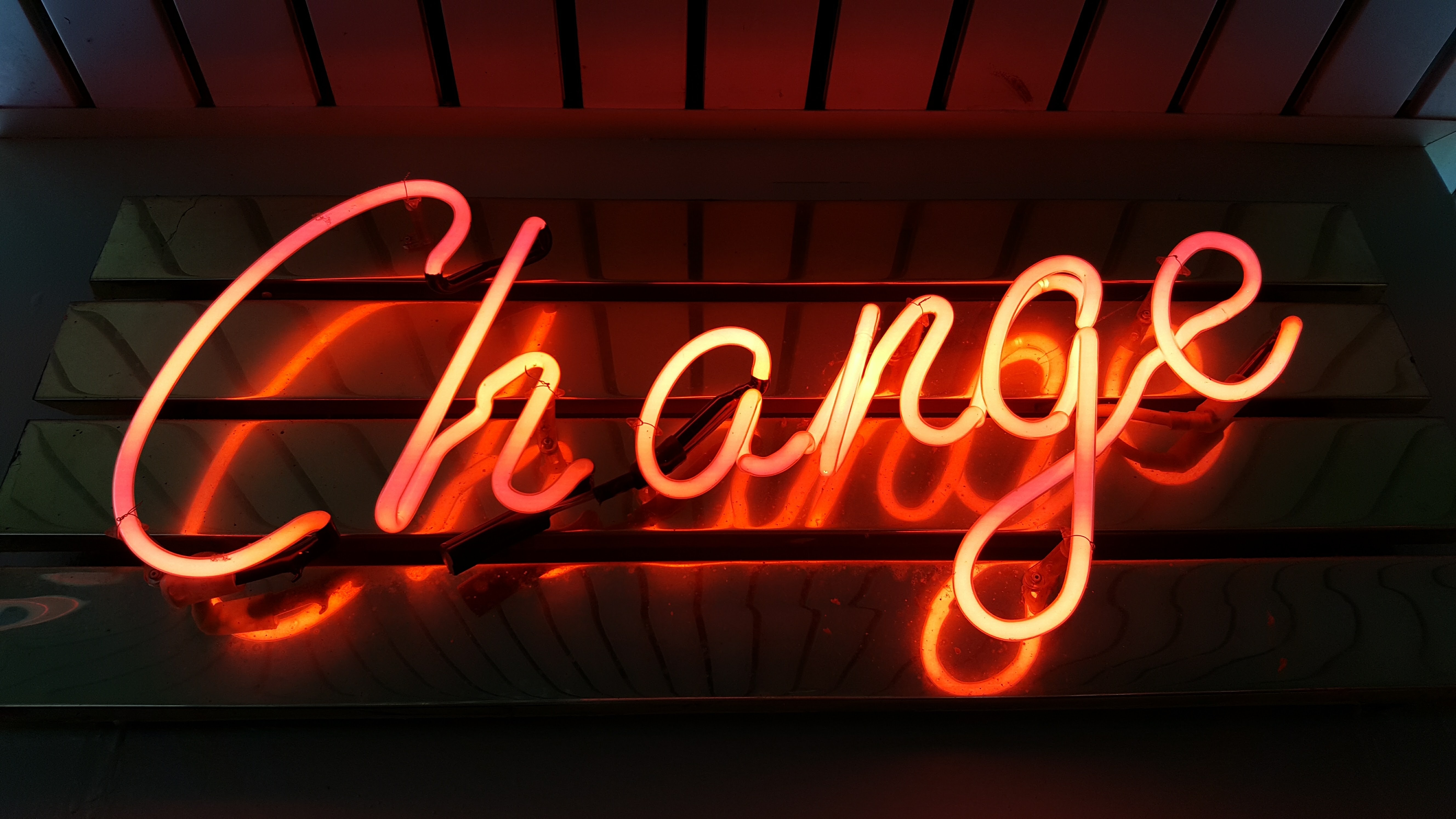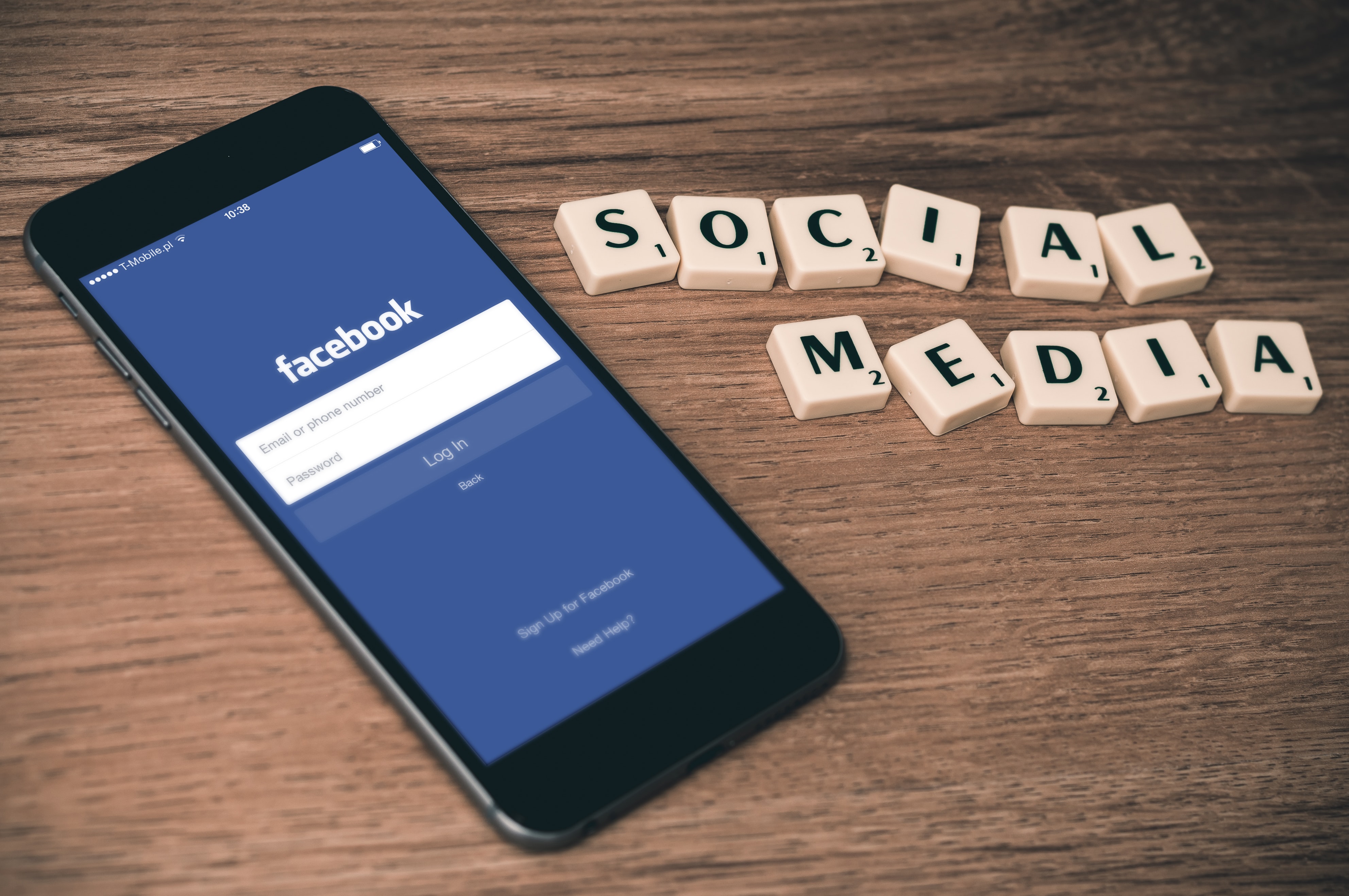Advertising can be traced back to Roman times where commercial messages were found on the walls of the ruins of Pompeii.
Fast forward to 2020 and Google, one of the most valuable companies in the world makes three quarters of its revenue from advertising, nearly $134 billion last year.

It’s fair to say that advertising has changed a fair bit since ancient Rome with most of that change has come during the last couple of decades.
What hasn’t changed so much though, are the fundamental principles of advertising. To inform and to convince. In reality these haven’t actually changed at all since ancient Rome.
Size of the advertising prize?
Last year the global advertising industry was worth £563 billion. Compare these numbers to the previous 3 decades and you can see a seismic increase in money spent on advertising.
In 1990, the industry was “only” worth £125 billion, this year it is predicted to top £600 billion. There is no question that technology has shaped these boom years.
The digital age has seen the evolution of AdTech and the creation of new media platforms. Brands have more places to advertise compared to 20 years ago and this will increase in the future. It is fascinating to consider the effect that AI, Augmented Reality and Virtual Reality will have on the industry over the next decade.
Traditional v’s New Media
Pre the 90’s, TV, print and OOH were the biggest platforms for advertisers. In 1836 Paris newspaper La Presse was the first to rely on paid advertising to lower its price.
The Sun newspaper was regularly bought by nearly 5m people in the UK every day in the 1990’s and read by considerably more. These figures allowed advertisers a great opportunity to connect with a large daily audience.
I remember joining the Evening Standard advertising team in 1999 and being astounded at how much money was made from print advertising. Over £100m per year on the back of a circulation of around 800,000 per day.

Around the same time, if you wanted to launch a new product, a prime time tv ad slot on Coronation Street was as good as it got. That gave you the opportunity to reach up to 20m viewers during the shows heyday. This was assuming they didn’t nip out to put the kettle on during the ad break.
In 2020 there are now so many more platforms available for advertisers to share their messages. These include online mobile & desktop, social media, native, PPC, video channels, on-demand tv, digital billboards etc. The list is endless and will keep on increasing.
Now it is possible to reach the combined audiences that The Sun and Coronation Street could offer at a fraction of the cost. They can be reached online regularly and you don’t have to think about buying a specific media. In fact you are now buying a specific audience and you can do this across many different platforms.
Technology Platforms
As technology has developed so have opportunities for advertisers to communicate with audiences.
There are more outlets for consumers to absorb content. Websites, social media, video platforms, on demand television and audio have all seen steep growth curves during the past decade.
Daily media consumption has also changed during this period as different platforms have been created. The average time people spend engaging with media is also fast changing in line with the media landscape.
For example print titles with declining readership have seen their daily consumption drop by an average of 34%. And traditional television viewers have dropped by 10%. While OOH (Out of Home Advertising) and cinema have remained at similar levels.
By far the biggest rise has been online - 140% in the past decade. The average person now spends nearly 2 ½ hours per day on social media and up to one day per week online.

This has been aided by smart phone technology and over half the world’s population now own a smartphone. It is well documented how the rise of mobile devices has changed digital marketing and this has certainly been a major development within the advertising industry.
Audience Impact
It is not just the increased number of platforms available but also the clarity of audience data that has aided growth in the industry. There is more in depth knowledge of who is consuming content. 1st Party, 2nd Party & 3rd Party data can be used to personalise your marketing messages.

The personalisation of advertising has been a big breakthrough over the past decade. Never before has there been such a strong focus on our consumer behaviours, lifestyles and preferences. Algorithms work anonymously in the background drawing information on how we like to spend our time, with the intent of making our user experience smoother.
Globally the number of internet users increased from 413 million in 2000 to over 3.4 billion in 2016 and continues to rise. In order to successfully connect with these audiences it is important to have as much understanding as possible so that advertisers can apply context to their campaigns.
Audiences are happy to consume advertising but increasingly want this to be personalised.
The brands that understand personalisation of their target audience will be the ones that succeed. Digital disruption is empowering consumers to get what they want, when they want it. And that means that they don’t want to be interrupted by an ad that isn’t relevant.
Principles
The digital age has certainly propelled the advertising industry, increasing the size of the audience brands can reach and created more opportunities to connect with these consumers.
Advertising campaigns need to resonate with their audiences across different media. With more people to reach and more ways to reach these people, it is essential that advertising sticks to its main principles if it is to achieve its objective. Failure to do this could have disastrous consequences.
So despite all of this change there is something quite reassuring in knowing that the principles of marketing and advertising remain fairly constant. To inform and to convince.
